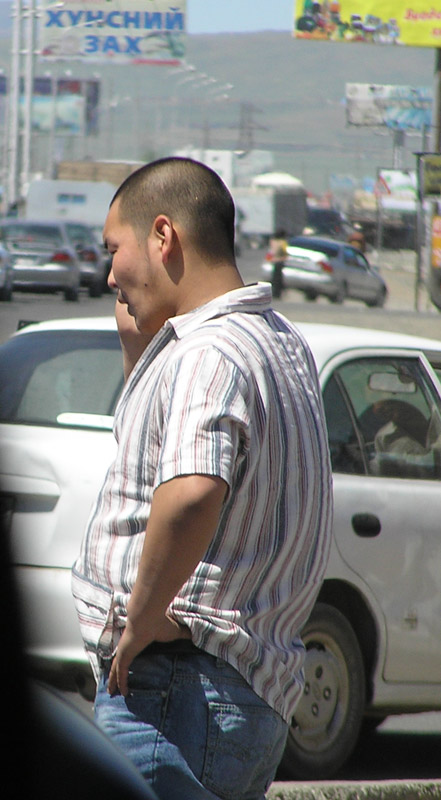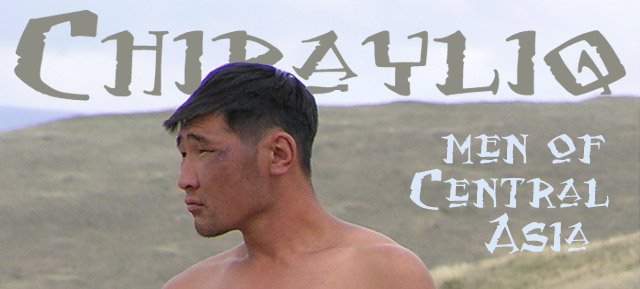Ola Wong is a Chinese-Romanian guy born in Borås, Sweden, who works as a journalist and has also written a really interesting book about his grandparents ("
No, I'm from Borås"). Today an article by him about Mongolian men was published in Swedish daily newspaper
Svenska Dagbladet.
Wong describes how the role of the Mongolian man is in a downward spiral. The case of Oynaa's family is one example of many. "The worst thing about Mongolian men is that they drink, are lazy and unfaithful. Then they bring sexually transmitted diseases back home. And he blamed the disease on me, even though I was toiling like crazy to take care of the child, our home and work at the same time", complains Oynaa, a divorced mother whom Wong interviewed in Ulan Bator. After the divorce, Oynaa's husband left her their child and kept their apartment for himself. But Oynaa went on to make a career and is now the manager of a fitness club, while her ex-husband lives off his parents.
"Oynaa blames the problems in Mongolia on the fact that the men are still mentally in the ger - the Mongolian felt tent [in SvD entertainingly enough misspelled as "sour milk tent"], where the warmest half is reserved for the men and the altar. The Mongolian ideal man is a carefree and indolent wrestler type who never takes initiatives or is in any hurry. He should sit there with his legs apart and with his hands on his knees. A woman, on the other hand, should be intelligent, hardworking, good at cooking and cleaning, beautiful, modest, quiet and submissive - all at the same time!"

Wong writes about how 70 % of university students are women. He cites a common explanation for this - that people tend to think that "boys will be all right anyway", while girls are married off to another family, and their parents consider them to need an education to be able to stand on their own legs.
In spite of this, women's influence in the higher levels of society has diminished considerably since "democracy" came along in 1990 - only 7 % of the Mongolian members of parliament are women today.
While this article could have been interesting as a more personal insight into the life of Oynaa's family and many more like them in Mongolia today, Wong goes on to draw simplified conclusions about Mongolian culture and history. "Macho ideals and hard men made it possible for the Mongolians to conquer a world empire under Genghis Khan. But it became a recipe for failure after the fall of the Soviet Union. The men gave up, got wasted and took out their frustration with their fists."
(So, nothing else really happened between Genghis Khan and 1990?)
Instead of drawing slightly orientalist conclusions about Genghis Khan, it should be easy to see the same pattern here as in Russia and many other post-Communist countries, where the transition has hit men harder - many of them drink and get violent in frustration, while a handful go on to rule the country. Women, on the other hand, keep on coping somehow, as they always have.
Certainly, there are exceptions to this bleak picture. And Wong writes about how in order to support men, the
Mongolian Men's Association was founded. Since one year it has been obligatory for engaged couples to take at the very least a two-hour class at the Mongolian Men's Association before they are allowed to marry.
So, by and by, I guess maybe even Mongolian men will be able to show a "softer" side. They could start with changing the design of their saddles. The traditional Mongolian saddles are said to be made as uncomfortable as possible, so that the riders "stay hard", like "real men". My arse still hurts when I think about them.
(Photo by me, Ulan Bator, June 2006 - the guy on the photo obviously has nothing to do with the article, except that he is a specimen of The Mongolian Man.)
 Extracts from my short biography at historia.ainurin.net:
Extracts from my short biography at historia.ainurin.net:













